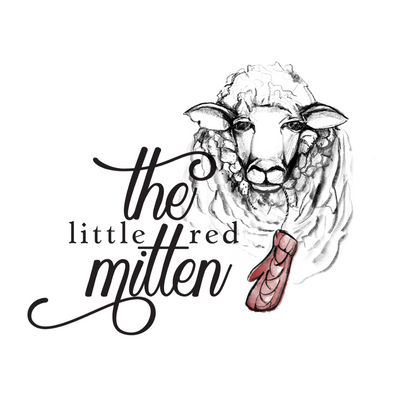DEAR KNIT NERD
I have been making the Deschain top by Leila Raven and I am almost done but when I try it on the back is so much higher than the front. Is this something that I can fix with short rows and should the short rows be at the back neck or the lower back?
Sincerely,
Short Row Woes
HI SHORT ROW WOES
Good news! This is definitely something that can be fixed with short rows! You have probably noticed that many patterns available today are written to include short rows at the back neck. Short rows in this location are added to raise the back neck, which helps the garment lay flat against the slight curve at the base of the wearer’s neck and to keep the sweater properly seated on your shoulders. They also help prevent the problem of your sweater neck creeping up your throat throughout the day and choking you until you pull it back down. Since you are looking to add length to the bottom of your top, these aren’t the type of short rows you need.
Short rows at the back hem of a sweater will add length to the back in a “duck tail” fashion that will even out the sweater hem when worn. Short rows can easily be added but you will need to know your row gauge and do a little bit of math (unfortunately).
Step 1. Try on the sweater and have someone measure how many inches need to be added to the back so that it will be parallel to the front. You can do this by eyeballing but I recommend tying a piece of string around your middle at the spot where you would like the back to fall (lining it up with the front) and then measuring the distance between the string and the last row worked (note that the short rows will be worked over the equivalent of 2 rows so you will want to make sure you have stopped knitting 2 rows before the start of the hem.
Step 2. Measure your row gauge in 4 inches and divide that number by 4. Let's say the back of your sweater is 97 stitches in total and you’ve determined that your sweater needs to be 3” longer and your row gauge is 6 sts per inch (aka 24 rows in 4 inches). In that case you will need to add an additional 18 rows to the back of your sweater (3” x 6 sts).
Step 3. Determine how many stitches to leave between the short row shaping at the center back. This is less of an exact science and more of an eyeballing activity. Lay your sweater out flat and sort of draw a curve with your finger from side to side under the hem that looks appropriate. You are essentially estimating where the hem will lay after the short row shaping. Then isolate the section of the curve at the bottom that “looks” flattish. You can either measure the distance or simply count the number of stitches in that area.

For this example, let’s say you count out these middle stitches and it is 55 stitches.
Step 4. Determine where to start working your short rows. Since this sweater is seamed, we want to leave 2 stitches on either side unworked so that we have a clean ditch for seaming. Subtract these 4 selvedge stitches and your unworked stitches from step 3 from your total number of stitches and then divide the remaining number of stitches by 2.
97sts – 55sts – 4sts = 38sts. 38sts ÷ 2 = 19sts.
We will be working the short rows using wrap and turns (w&t) and we will want to leave 1 stitch between each w&t. Since we will work half of them on each side, I’m going to adjust the center stitches from step 3 to 57 so that our short rows are worked over 18sts on each side. 97sts – 57sts – 4sts = 36sts. 36sts ÷ 2 = 18sts. To determine the location of the first w&t we will add the center stitches, the selvedge stitches (from one side) and the number of stitches just calculated. 57sts + 2sts + 18sts = 77sts. The first w&t will be worked on the 77th stitch.
Step 5. Work your short rows.
Work back until 2 rows before the start of the hem, ending on a wrong side row.
Knit 76sts, w&t.
Purl 57sts, w&t.
Knit to 1st after w&t, making sure to knit the wrapped stitch together with its wrap. W&t.
Purl to 1st after w&t, making sure to purl the wrapped stitch together with its wrap. W&t.
Repeat the last 2 rows 7 more times (for a total of 18 rows, 9 wraps on each side).
Knit all the way to the end, making sure to knit the wrapped stitch together with its wrap.
Work one more wrong side row by purling across all stitches making sure to purl the wrapped stitch together with its wrap.
You are now ready to work your hem as written in the pattern.
This was just an example, you will want to make sure to work your short rows evenly over the stitches that remain on either side after you subtract your “unworked” stitches form step 3. If we were left with 30sts on either side of the “unworked” stitches, we would have left 2 stitches between each w&t instead of just 1.
I hope this helped!
Sincerely,
Your friendly neighbourhood Knit Nerd


0 comments